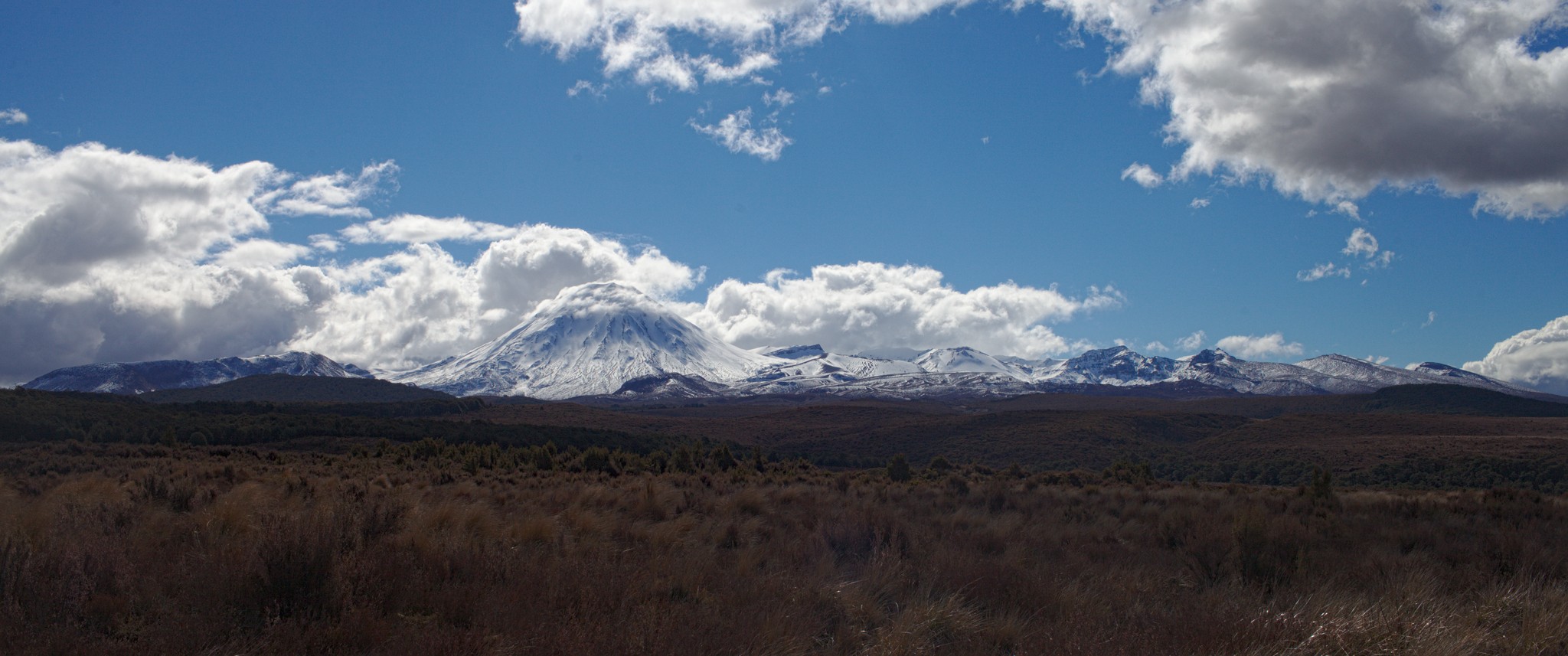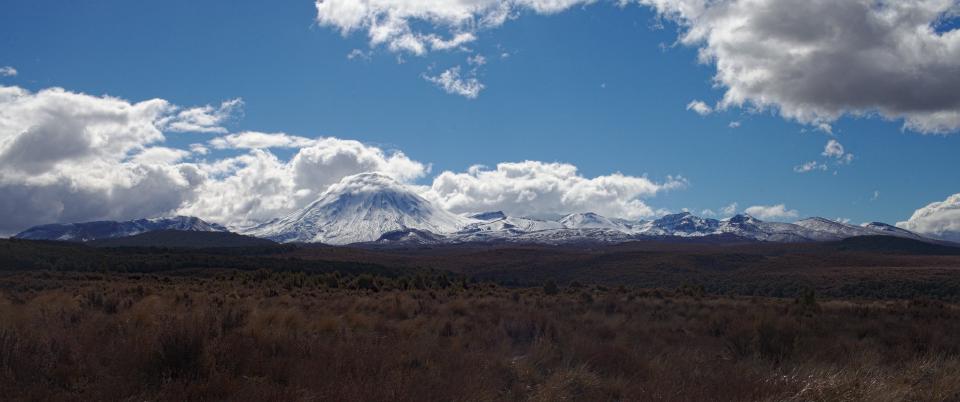



Some commonly asked questions can be found in our FAQ. Please read it before reporting bugs or feature requests.

You can read the manual online (v3.0):
or download it in PDF format (v3.0):
Translations into other languages are currently being worked on and will be published as soon as they are ready.
darktable’s Lua API is documented in its own manual with a detailed description of all data structures and functions. You can either read the documentation online or download the API manual from here.

There is an online repository with darktable styles available for download at https://dtstyle.net/. It features live preview of the styles with four different sample images.
To create a new darktable style just alter your image the way you want. Then click the button located in the history module in darkroom mode to create a style from the current history stack. In advanced options you can include or exclude single modules. To export or import a new style use the styles module in lighttable mode.

Stefano Fornari, Mario Latronico and Nicholas Manea wrote a book about photo development with darktable:
Digital photo development with darktable Manage and develop your digital images with darktable.
It introduces you to the process of developing your images with darktable explaining the basic features. It starts over with a simple tutorial on importing and developing your first photo(s). After describing the darktable user interface it provides some workflow suggestions and background informations on (perception of light, sensors, patterns, colors).
You can download the pdf or packaged version of the current release (v1.1.1). Your comments and feedback are always welcome on the darktable user mailing list.

There are many brilliant screencasts on darktable, its various modules and general image development workflow made by Robert Hutton. You can get the full playlist of these very educational screencasts here:
Pascal de Bruijn provides several useful screencasts on his website explaining the different functions of dartkable. Find the 0.7 screencast library, the 0.9 screencast library addition and the 1.0 screencast library addition or just pick the one you want:
(courtesy of Juan Luis Fernández Gallo and translated by Paulo C. Santos Garcia and Marie-Noëlle Augendre)
There is also a set of French videos available that cover a good part of darktable. Starting by a nice overview and deep into the settings of the darkrooms' modules.
Some nice screencasts for darktable in German. Check them out:
Related but not only suitable for darktable is his screencast on how to create helpful backtraces with gdb:

See our support matrix for the status of camera support: